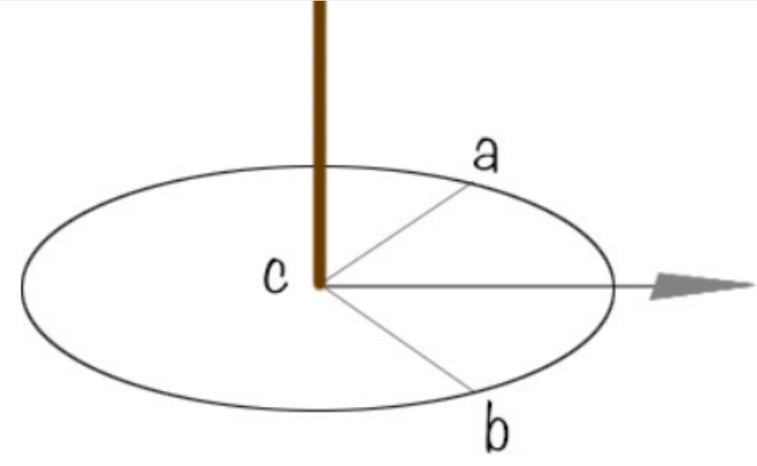The valuable use of a stick in astronomy

Do you know what is shown in the image above? Today we might say – a stick stuck in the ground, but in ancient times it was a powerful and precise astronomical instrument. It is professionally called a gnomon and it is the first astronomical instrument created by man.
It is so simple and although we don’t know who discovered it and when, and it probably self-imposed itself, spontaneously, independently in several places. It is mentioned in China thousands of years ago, then in Mesopotamia and ancient Egypt, then in Hellas, Rome, etc.
How a gnomon works
When it is illuminated by the Sun, the rod casts a shadow on the ground. In computer terms, the rod is the hardware part, and the shadow is the software part of the gnomon.
This shadow moves on the ground during the day in accordance with the movement of the Sun in the sky, and the length of the shadow depends on the height of the Sun above the horizon.
That’s all a gnomon does – they show the movement of the Sun during the day and throughout the year. During the year, for the same hour of observation, our star occupies different positions in the sky, so, for example, in winter at noon it is closer to the horizon than in summer at noon.
If you can read the gnomon’s shadow, you can get some important astronomical data. You only need to note the position of the shadow and draw conclusions.
Some conclusions are simple and almost self-evident.
For example, the direction of the shadow tells us about the direction, i.e. about the azimuth of the Sun, and the angle that the top of the shadow makes – the top of the stick overlaps with the ground – is the angular height of the Sun.
Furthermore, the sides of the world can also be easily determined with a gnomon. The shortest shadow during the day points south.
However, for some other calculations with the help of a stick, you need a lot of knowledge and a lot of patience, because you have to follow the movement of the Sun throughout the year.
The old astronomers were masters in this, so they knew how to determine the length of the year and the seasons, then the equinox and the solstice. Then they very accurately calculated the tilt of the ecliptic back in ancient China.
How to determine the sides of the world
Draw a circle around the stick and before noon, when the Sun rises to the zenith and the shadows shorten, mark on the circle the place of the first contact between the shadow and the circle (point a).

Do the same in the afternoon. The sun will then slowly approach the horizon, so the shadows are getting longer and the shadow of the stick will touch the circle at one point (point b).
You have obtained the angle acb. Divide that angle by the bisector (s) and it will point in the direction of north-south!
Did you know that here at OSR you can name stars?

